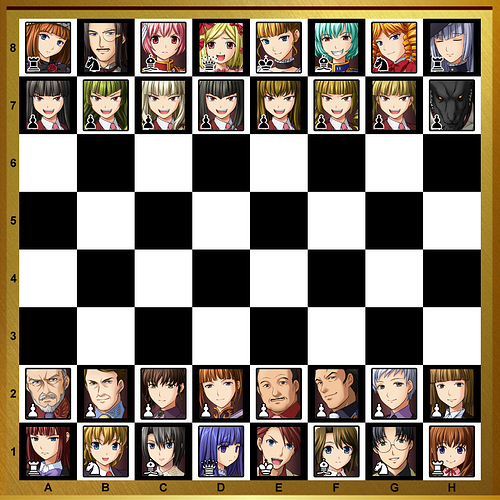Thank you so much, @Sapphire! I am very humbled by your kindness! I’m always nervous to join a new fourm, but here I feel really welcome, thank you so much 
Ah, its no mind at all! Im happy to share since there isn’t so much information. But essentially in Shinto, being a priestess is to caretake of the kami of the shrine, and also help and serve the community on behalf of the kami.
Day to day, I mostly just clean! Its quite easy usually.  If someone requests a private ceremony, such as for a blessing or wish fulfillment, I also do so. I also do a practice unique to the shrine network of my kami in the modern era (before it was widespread) where I mediate spiritually between a person and kami.
If someone requests a private ceremony, such as for a blessing or wish fulfillment, I also do so. I also do a practice unique to the shrine network of my kami in the modern era (before it was widespread) where I mediate spiritually between a person and kami.
While private ceremonies are various, either to pass a test, bless a newly born, or unborn baby, purification rituals (to purify one from negative energy, it is to wave a kind of wand called Oonusa over their head, symbolically cleansing their spirit and heart), bless a car, and so on.
We also do monthly, public ceremonies 3 times a month. The 1st of the month, then the first and last Saturday. These are for the enshrined kami and everyone is welcome to join and pray during the ceremonies.
But even if no one comes, we still do the ceremomies for kami-sama. They are to show appreciation for the daily blessings and to pray for the health, happiness, and stability of people of the shrine (sanpaisha) and also the community, and town.
We also hold a few big ceremonies a year. From New Years, Setsubun (though our tradition invites oni for tea, not sends them away), Spring Equinox, Mid Spring Grand Ceremony, Half Year Purification /Appreciation (Nagoshi no Oharai / Hantoshi Kansha sai), Fall Equinox, Mid Fall Grand Ceremony, Mochitsuki, Year end purification, and finally New Years again! So 9 big ceremonies total. The Mid Spring and Mid Fall are the biggest though, called Taisai (Grand Ceremony)
A ceremony for kamisama, private or public, usually involves giving food offerings (osonai) in the traditional manner. This is rice, salt, water, sake, but also fish (usually tai/seabream), mochi, bird (grand ceremony), western alcohol, dried foods, fruits, vegetables, and snacks/desserts. Afterwards, we eat them and share among the shrine parishioners in a tradition called “naorai”
I also do sacred dance at the Grand Ceremonies, since I work with the other priests and my rank is lowest, I have some freedom from ceremony responsibilities to focus on and offer sacred dance as well! I love to offer it
I hope I could summarize well! Please feel free to PM me too if you want to ask more!  ️
️
Thats a great thread too, thank you so much! I will be sure to check it out and hopefully be able to contribute! See you around, and nice to meet you! 



 If someone requests a private ceremony, such as for a blessing or wish fulfillment, I also do so. I also do a practice unique to the shrine network of my kami in the modern era (before it was widespread) where I mediate spiritually between a person and kami.
If someone requests a private ceremony, such as for a blessing or wish fulfillment, I also do so. I also do a practice unique to the shrine network of my kami in the modern era (before it was widespread) where I mediate spiritually between a person and kami. ️
️

 If I ever come to Japan I should visit your shrine.
If I ever come to Japan I should visit your shrine. 
 yes, if you ever find yourself in Yokosuka, let me know, you are welcome to visit anytime! Hopefully it will be around the same time as a 07th expansion event in Tokyo to enjoy as well!
yes, if you ever find yourself in Yokosuka, let me know, you are welcome to visit anytime! Hopefully it will be around the same time as a 07th expansion event in Tokyo to enjoy as well!

 it’s an area most westerners never see about the Japanese culture so it’s something I’ve always been curious about. I plan to travel to Japan again next year so hopefully I’ll get a chance to visit Yokosuka then!
it’s an area most westerners never see about the Japanese culture so it’s something I’ve always been curious about. I plan to travel to Japan again next year so hopefully I’ll get a chance to visit Yokosuka then!
 I am not so, though! There are so many wonderful people here!
I am not so, though! There are so many wonderful people here! 
